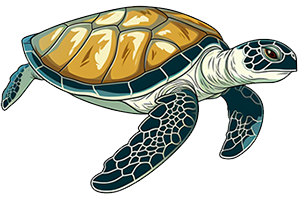Search results for: “system”
-
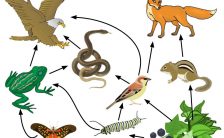
Food Web: Identify Consumers
Food webs are basic concepts in biology and ecology, where students learn the concept of energy flow in an ecosystem by viewing models of food webs. This labeling worksheet asks students to identify the primary, secondary, and tertiary consumers in a forest ecosystem. A food web is a representation of the complex interrelationship between…
-

The Anatomy of the Kidney and Nephron
This coloring worksheet asks students to color the kidney to identify where structures like the medulla, cortex, renal vessels and ureters are located. Another image focuses on an individual nephron to identify the glomerulus, proximal and distal tubules, and the Loop of Henle. This worksheet is intended for advanced students of anatomy. Students will…
-
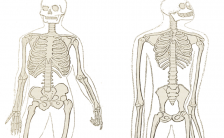
Compare a Human and Chimpanzee Skeleton
This handout can be used in discussions on the evolution of bipedalism or in any unit on the skeletal system. Students label the bones of the skeleton and make comparisons between the forelimbs, hind limbs, and pelvis. I created this handout to compliment an evolutionary lesson and video from HHMI on the “Origin of Humans”…
-
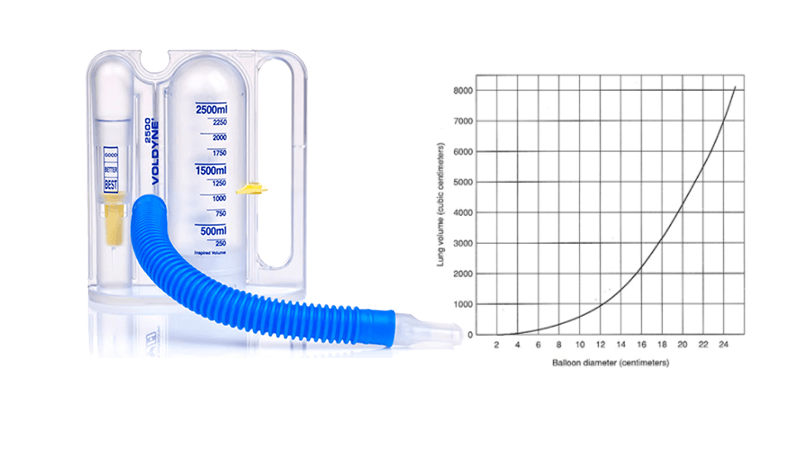
Investigation: What Factors Affect Lung Capacity
In this investigation, students use balloons and rulers to estimate the vital capacity of lungs using test subjects within the class. To perform the test, subjects take a deep breath and blow into a balloon. The diameter is measured and a graph is used to estimate the volume of air expelled based on the diameter…
-

Inquiry in Genetics Using Wisconsin Fast Plants
Genetic Experiments can be intimidating for teachers due to the time and cost of breeding plants or animals in a classroom. These issues are further complicated in a public school setting which may have space issues, limited funds, and lack of access to labs. My favorite model for genetic experiments is the Wisconsin Fast…
-
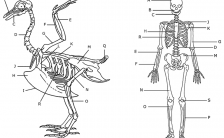
Comparing a Human and Avian Skeleton
Students often learn the bones of a human skeleton in health, but biology class can reinforce these lessons by comparing the human skeleton to that of other vertebrates. In this case, students color the skeleton of a bird and a human according to the directions. The colors will illustrate how many of the bones…
-

What Does a Bird’s Beak Tell You About Its Diet?
In this activity, students examine images of birds and make inferences about the bird’s diet and lifestyle based on the shape of their beaks and legs. Birds are very diverse in their habits, spear-shaped beaks are used for fishing, short stout beaks are used for cracking seeds, and the curved beaks of raptors are used…
-

Frog Anatomy Coloring Worksheet
This simple worksheet can supplement a lab or dissection of the frog. Each of the numbers on the frog image corresponds with a text description of the structure and instructions on how to color it. There are a few questions at the end, mainly matching the structure to it’s function, but overall this activity is…
-
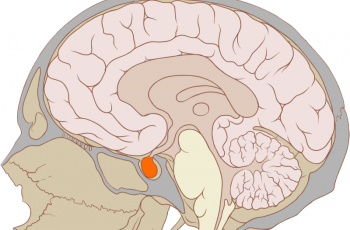
Case Study – What’s Wrong with Timothy?
The endocrine system can be a difficult subject to cover in anatomy. It isn’t as showy as the other systems where you can label organs or dissect an eyeball. Students must also memorize a number of hormones and their functions which have complicated names like thyroxine and tri-iodothyronine. When I first started teaching anatomy,…
-
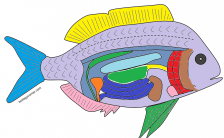
The Anatomy of a Bony Fish
Learn the anatomy of the fish with this coloring worksheet. Student Activity This coloring worksheet. provides a basic overview of the anatomy of a bony fish. Students color the fish according to the directions with each organ and fins being labeled by number. Students will not need a reference to complete the activity, as…
-
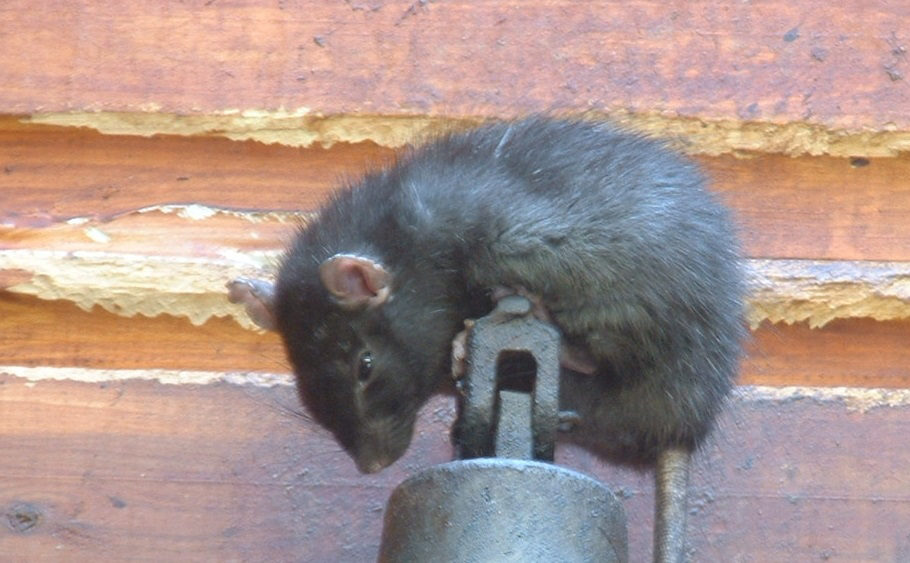
Investigation: Rat Dissection
Provides instructions for dissecting a preserved rat. Students start with the external anatomy, then locate muscles, bones, and then the major organs.
-
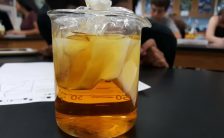
Investigation: Observing Diffusion & Semi-Permeable Membranes
Units on the cell will also include lessons about how the cell transports materials across the membrane. For beginning biology students who don’t have a strong foundation in physical science, the ideas of entropy, solutions, and concentrations can be overwhelming. Diffusion is easy to explain with a perfume bottle or food coloring. …
-

Toxicology Resources for the Biology Class
Resources for investigating how poison affects animal physiology. Students can read the “Poisoner’s Handbook” and perform experiments on worms.
-
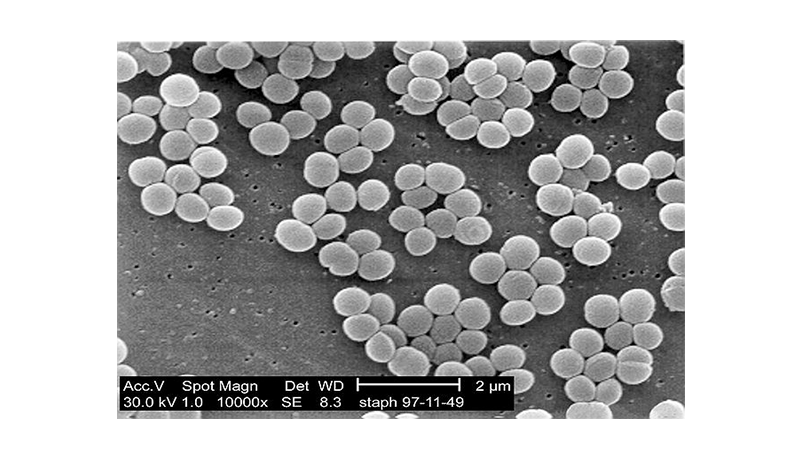
Case Study – Are Nanobacteria Alive?
In this case study, students review the evidence of scientists on both sides of the controversy questioning whether nanobacteria are living organisms.
-
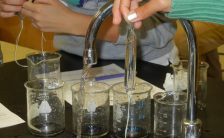
Investigation: Osmosis and Water Potential
Students models osmosis using dialysis tubes that contain different concentrations of sucrose. The tubes will gain water dependent upon the molarity of solution they are placed in. You can make sucrose solutions with table sugar, and instructions are included in the teacher’s guide to the lab. The second part of the investigation determine the…
